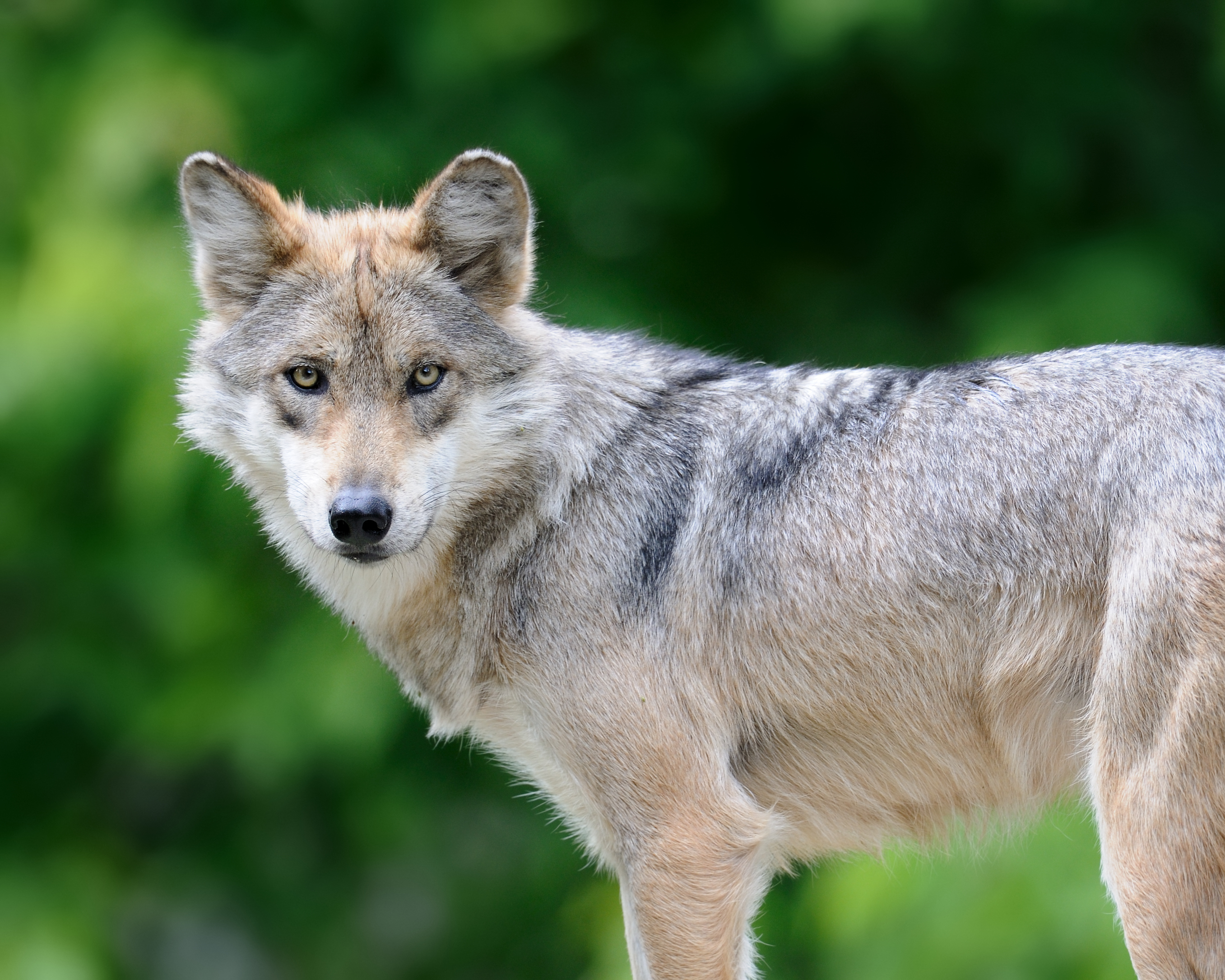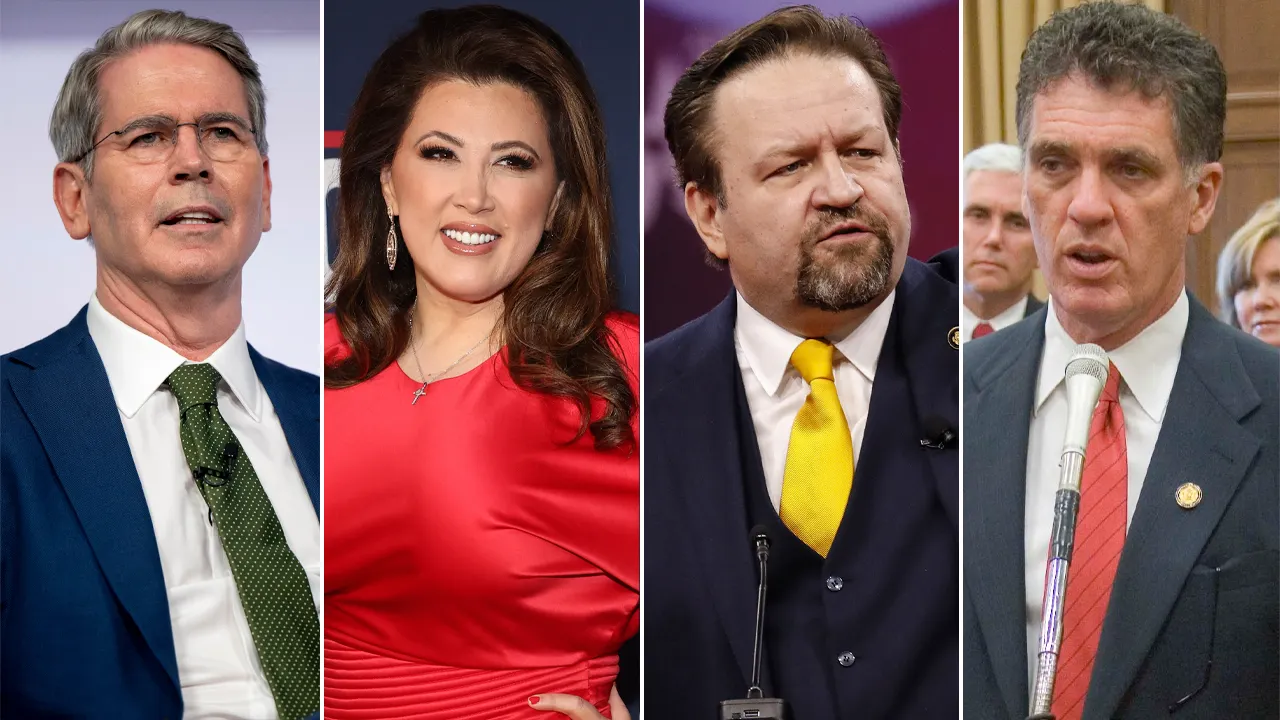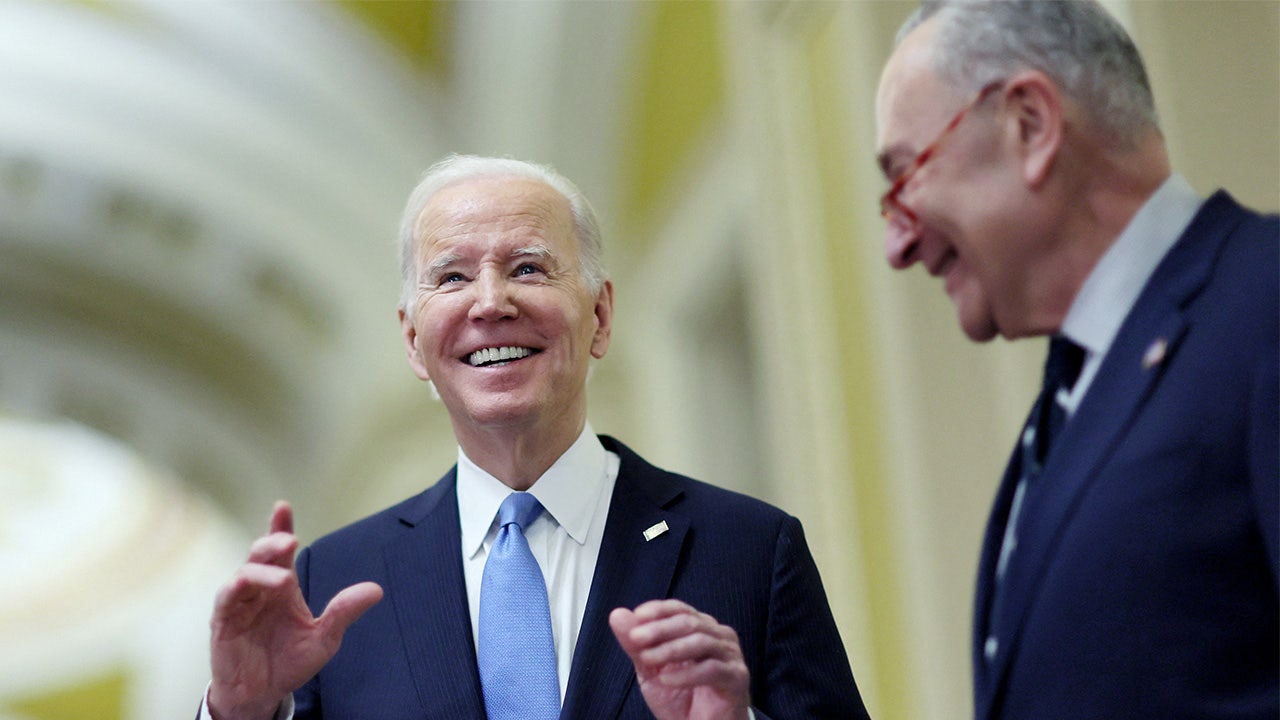World
EU parliament divided on plans to review wolves’ conservation status
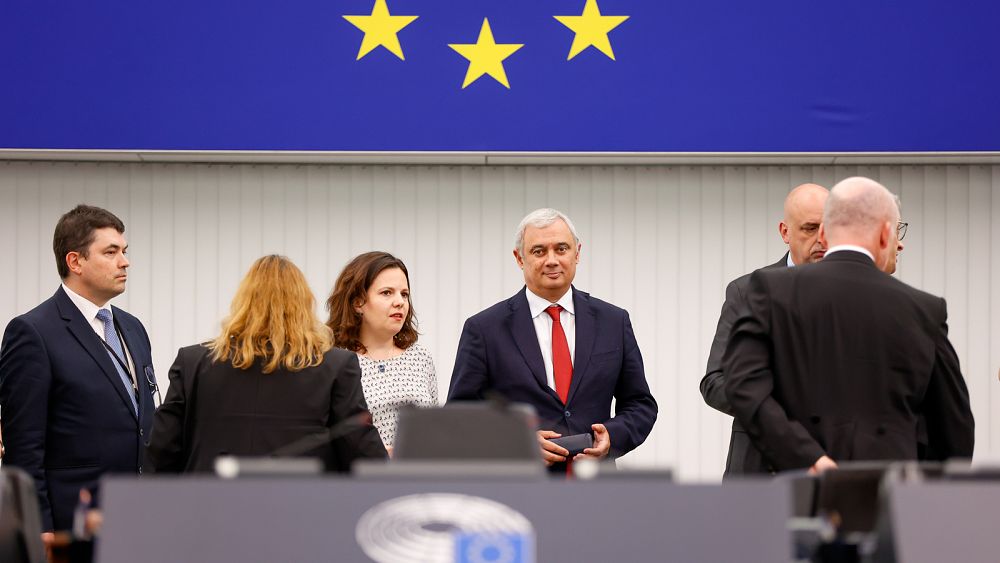
The European Commission’s plans to review the conservation status of the wolf in Europe has divided the European Parliament.
In a debate convened by the European People’s Party (EPP) on Wednesday, right-leaning members of the European Parliament (MEPs) said the review was necessary to protect the livelihood of farmers in highland regions, whose livestock are being decimated by wolf packs.
“Today there are around 20,000 wolves in the European Union and the population is growing,” Herbert Dorfmann, the EPP’s spokesperson on agriculture in the parliament, said.
“Attacks of wolves on sheep and cattle have become almost a daily occurrence. We need to recognise the conflict between wolves and local farmers,” he added
“We always talk about coexistence. But if two groups coexist in a territory where one is untouchable, and the other forced to suffer, then it’s not coexistence, it’s subordination,” Alessandro Panza of the Identity and Democracy group said.
But other MEPs accused EU Commission chief Ursula von der Leyen of calling wolf on the issue for personal gains, and without a scientific basis.
In September last year, von der Leyen was personally impacted by the rise in wolf populations when her 30-year-old pony, Dolly, was killed by a male wolf in north-eastern Germany.
“This is an attempt to abuse power on the part of President von der Leyen,” Anja Hazekamp from the Left group said.
Thomas Waitz of the Greens added: “This is a false debate and we are spreading panic. Wolves do not eat grandmas or children and we should find a proper solution to the issue”.
Von der Leyen announced her executive would launch a review of the species’ protection status last week, describing the wolf as a “real threat” to livestock and human safety.
She also urged local and national authorities to take advantage of derogations to EU laws to allow farmers to take targeted measures to protect their crops and livelihoods, such as using “soft-catch” traps for wolves.
The resurgence in wolf packs across Europe has sparked tensions among farming communities and has become the latest issue to put environmentalists and farmers at loggerheads.
In a sign of their increasing political capital, farmers featured prominently in von der Leyen’s hour-long State of the Union speech earlier on Wednesday, as she called for “more dialogue and less polarisation.”
NGOs including the World Wide Fund for Nature (WWF) and the European Environmental Bureau (EEB) have expressed concerns about the Commission’s “misleading information” on the danger of the wolf, assuring that its return to Europe is a win for biodiversity.
“Scientific evidence has shown that wolves do not treat humans as prey, and fatal encounters are exceptional,” the NGOs say in an open letter to von der Leyen. “Damage to livestock is often linked to the lack of adequate supervision and/or physical protection.”
A European Parliament resolution in November last year called on the Commission to support the agriculture sector by ensuring more flexibility when protecting their livestock from attacks.

World
Adani's Bribery Scandal Raises Concern on Market, Public Disclosure Lapses
World
A look inside the most expensive house in the world — the home of the UK’s monarch
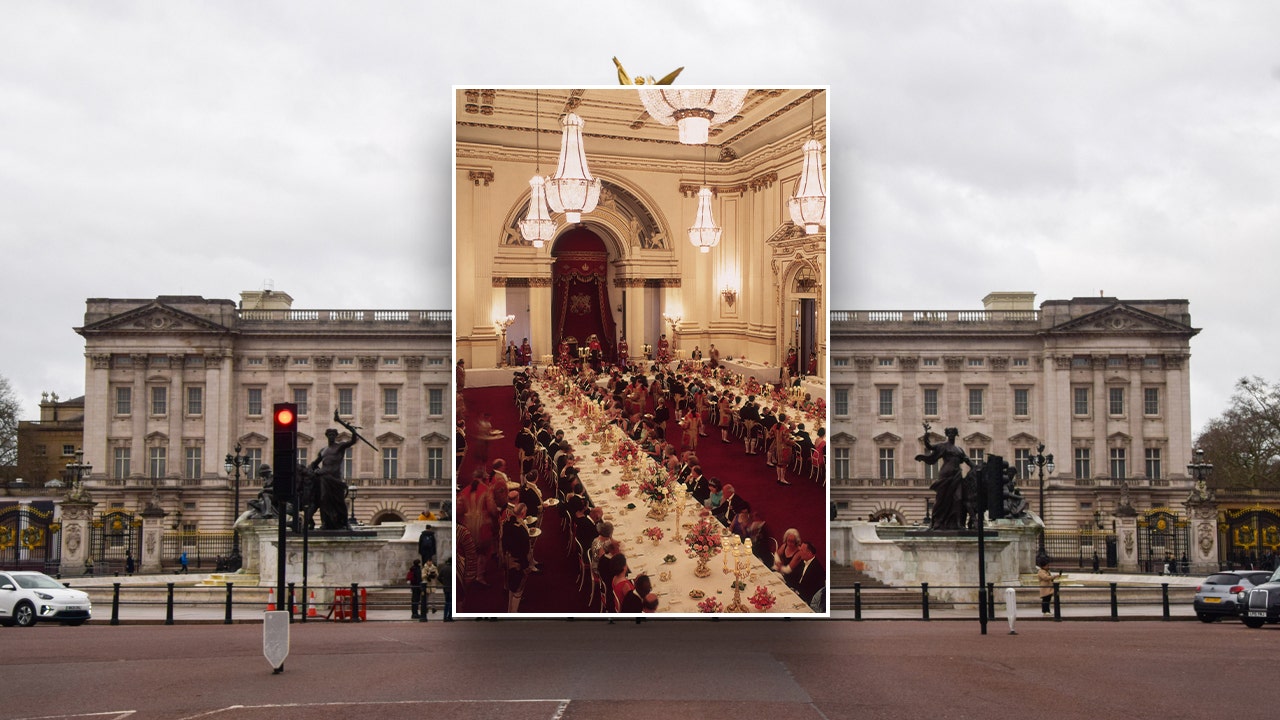
The world’s most expensive house is located in London, England.
Buckingham Palace, the official London residence of the king, is widely considered the most expensive house in the world, valued at around $4.9 billion.
Buckingham Palace is far from a traditional house with 775 rooms and 50,000 people visiting each year for receptions, dinners, state banquets and other events, according to the royal family website.
Buckingham Palace is considered the most expensive house in the world. (Vuk Valcic/SOPA Images/LightRocket via Getty Images I Fox Photos/Getty Images)
ROYAL FAMILY SPOUSES: KATE MIDDLETON, MEGHAN MARKLE, OTHER CURRENT SPOUSES OF ROYAL FAMILY MEMBERS
This, of course, is outside the half million tourists who visit the destination each year. In 2023-2024, about 530,000 tourists visited Buckingham Palace, according to Statista.
In addition to viewing the breathtaking palace, visitors often watch the famous Changing of the Guard ceremony.
For those who want a look inside Buckingham Palace, guests can view the state rooms in the summer as well as on select dates in the winter and spring when small guided tours are available, according to the Royal Collection Trust website.
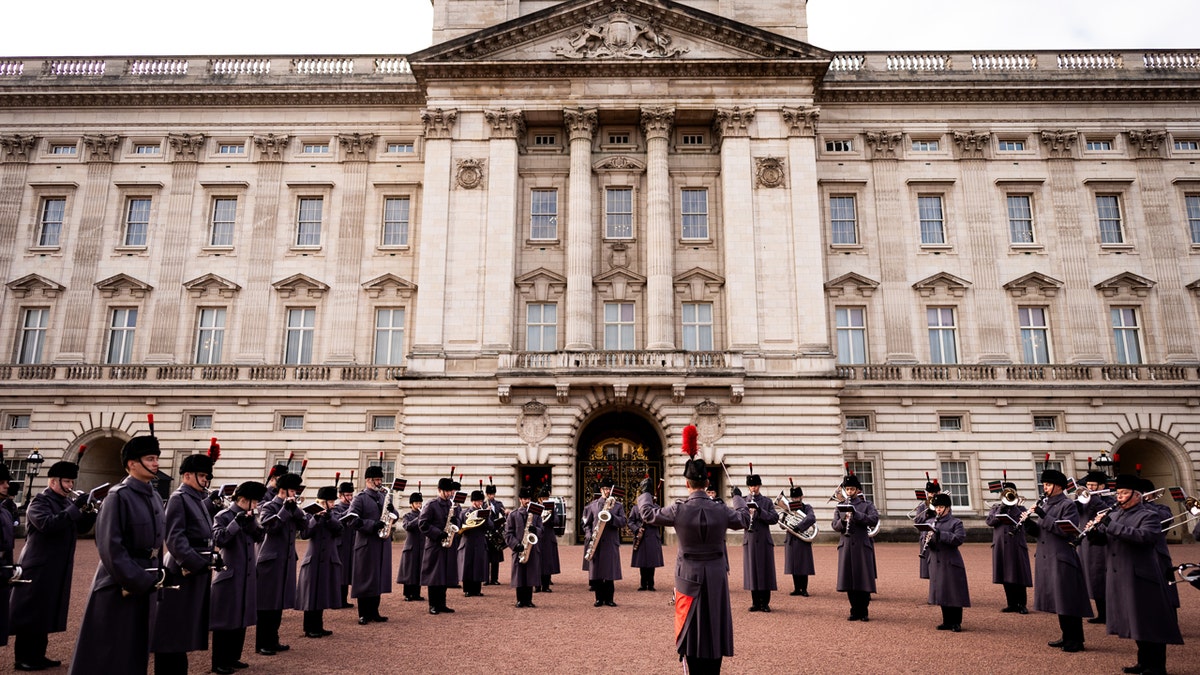
The Changing of the Guard ceremony is one many tourists observe while visiting Buckingham Palace. (Aaron Chown/PA Images via Getty Images)
OWNER OF WORLD’S LARGEST CAR COLLECTION HAS OVER 7,000 VEHICLES IN HIS POSSESSION
Since 1837, Buckingham Palace has been the official London residence of the United Kingdom’s sovereigns, according to the royal family website.
Among the 775 rooms located in Buckingham Palace are 19 state rooms, 52 royal and guest bedrooms, 188 bedrooms for staff, 92 offices and 78 bathrooms, according to the royal family website.
The royal palace is full of breathtaking places, including the White Drawing Room, the Throne Room, the Ballroom and the 47-meter Picture Gallery filled with historical art.
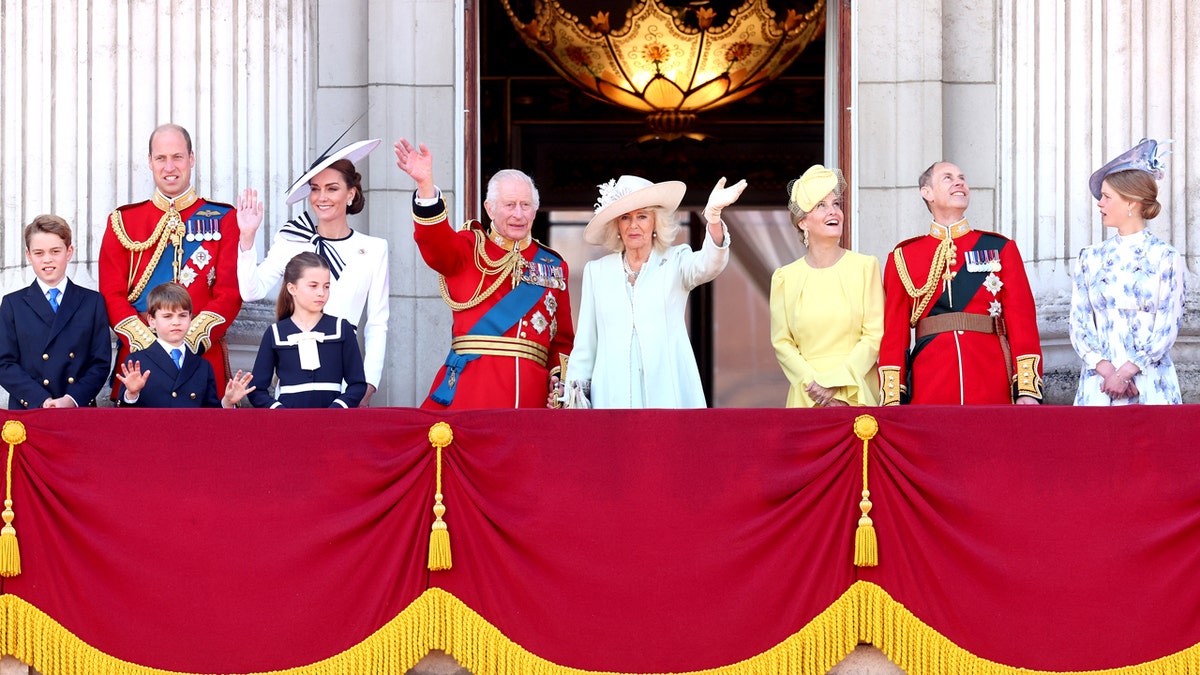
The royal family waves to the public from the balcony of Buckingham Palace during events. (Chris Jackson/Getty Images)
SET SAIL ON WORLD’S LARGEST CRUISE SHIP, WHICH CAN ACCOMMODATE OVER 7,000 GUESTS PER VOYAGE
The Grand Staircase and 39-acre Palace Garden are other highlights.
The balcony of the royal palace is where generations of royals have stepped out for public appearances.
Another home ranked as one of the most expensive is Antilia in Mumbai, India.
Antilia holds the Guinness World Record for the “most expensive private house in the world.”
The mansion is estimated to be worth between $1 billion and $2 billion, according to Architectural Digest India.
It is owned by business magnate Mukesh Ambani, chairman and managing director of Reliance Industries.
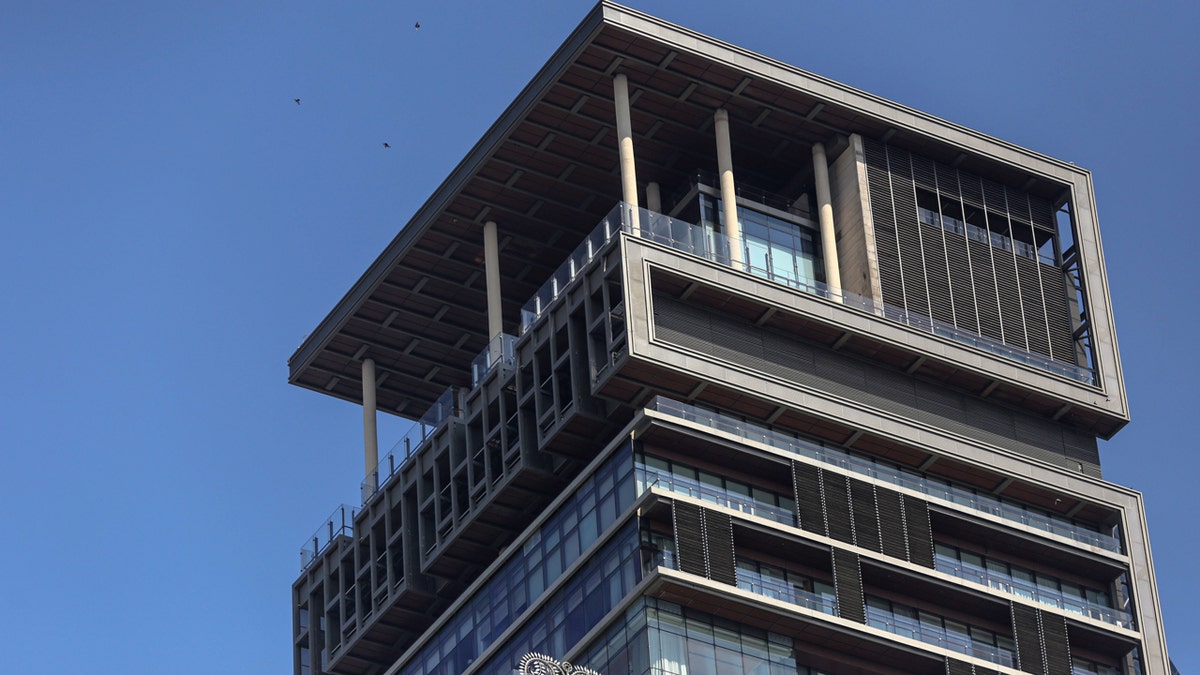
The most expensive private residence is Antilia in Mubai, India, which is owned by Mukesh Ambani. (Dhiraj Singh/Bloomberg via Getty Images)
The 400,000-square-foot residence is 570 feet tall.
The 27 stories of Antilia include numerous swimming pools, a spa and a theater, according to Guinness World Records.
The property also includes 168 parking spaces and three helipads.
World
WHO says mpox remains public health emergency of international concern

UN health agency says its decision is ‘based on the rising number and continuing geographic spread of cases’.
The World Health Organization (WHO) says it will keep its alert for mpox at the highest level amid a surge in cases.
A WHO committee made up of about a dozen independent experts made the decision at a meeting in Geneva on Friday, three months after the WHO first declared a public health emergency of global concern in August.
The WHO said its decision was “based on the rising number and continuing geographic spread of cases, operational challenges in the field, and the need to mount and sustain a cohesive response across countries and partners”.
There has been a surge in mpox cases this year, predominantly focused in the Democratic Republic of the Congo (DRC) and neighbouring countries.
A first batch of vaccines was rolled out last month and appears to have had an impact on containing cases of the highly contagious disease, but the United Nations agency has been waiting for substantial proof to discuss the impact of vaccinations.
The African Union’s health watchdog warned at the end of October that the mpox outbreak was still not under control and called for more resources to avoid a pandemic that it said could potentially be worse than COVID-19.
The virus is usually mild, but it can be fatal in rare cases.
Mpox is believed to have killed hundreds of people in the DRC and elsewhere last year as it also spread to Burundi, Kenya, Rwanda, Nigeria and Uganda, causing a continent-wide emergency.
The disease can be spread through close contact with an infected person, sexual activity or breathing in infectious particles. The virus then replicates and spreads to the lymph nodes, leading them to swell before further spreading and causing rashes or lesions.
-
Business1 week ago
Column: OpenAI just scored a huge victory in a copyright case … or did it?
-

 Health1 week ago
Health1 week agoBird flu leaves teen in critical condition after country's first reported case
-

 Business6 days ago
Business6 days agoColumn: Molly White's message for journalists going freelance — be ready for the pitfalls
-

 Science3 days ago
Science3 days agoTrump nominates Dr. Oz to head Medicare and Medicaid and help take on 'illness industrial complex'
-

 Politics5 days ago
Politics5 days agoTrump taps FCC member Brendan Carr to lead agency: 'Warrior for Free Speech'
-
/cdn.vox-cdn.com/uploads/chorus_asset/file/25739950/247386_Elon_Musk_Open_AI_CVirginia.jpg)
/cdn.vox-cdn.com/uploads/chorus_asset/file/25739950/247386_Elon_Musk_Open_AI_CVirginia.jpg) Technology5 days ago
Technology5 days agoInside Elon Musk’s messy breakup with OpenAI
-

 Lifestyle6 days ago
Lifestyle6 days agoSome in the U.S. farm industry are alarmed by Trump's embrace of RFK Jr. and tariffs
-

 World5 days ago
World5 days agoProtesters in Slovakia rally against Robert Fico’s populist government
